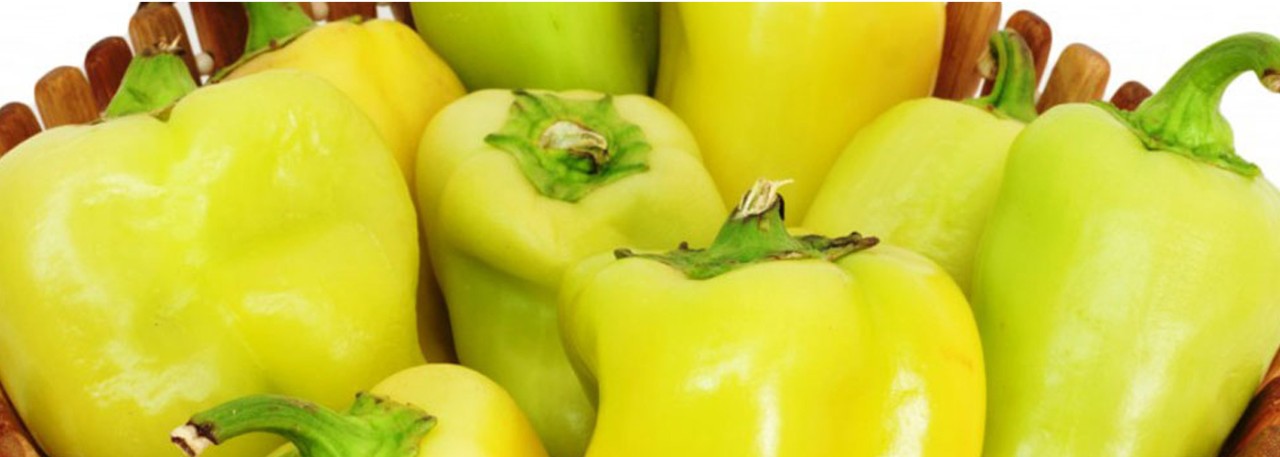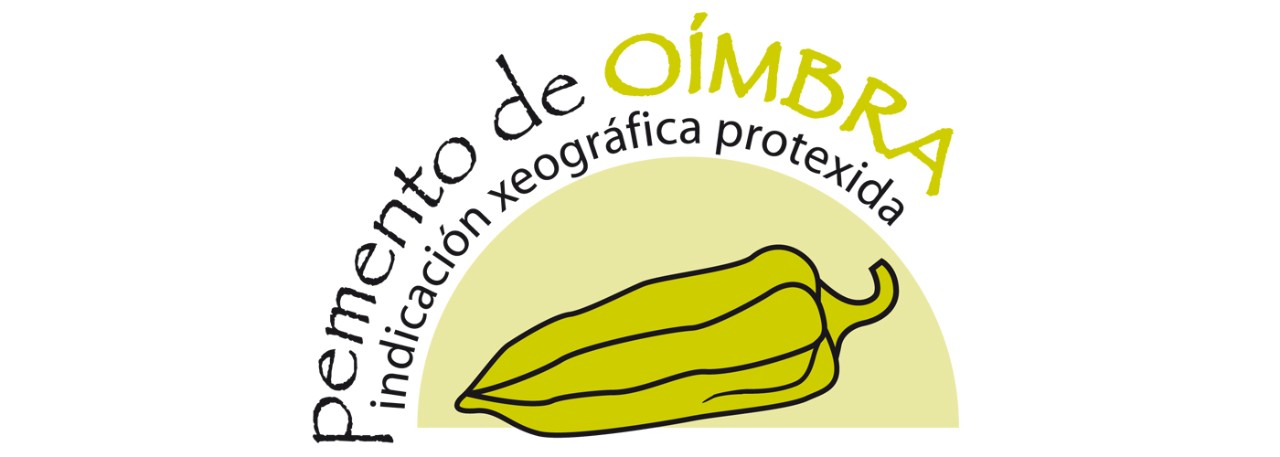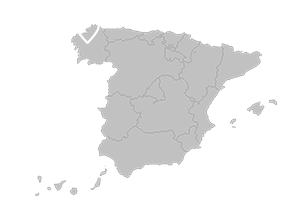.png.transform/rendition-xs/image_image%20(1).png)
Pemento de Oímbra PGI
This fruit belongs to the eco-type of the species Capsicum annuun, L, traditionally grown in the production area for human consumption and sold fresh before the fruit is fully ripe.
Tasting notes
The skin is smooth and shiny, a light green color with almost yellow tones. The flesh has a thickness of between 6 and 8 mm / 0.24 and 0.31 in. The pepper has a sweet flavor and is not hot owing to the absence of capsaicin. It has a mildly intense smell.
Other notes
The peppers are of a regular, elongated shape, with 1 segment and 3 or 4 membranes, with no major ridges. They weigh between 100 and 200 g / 3.5 and 7 oz each, their length varies from 10 to 20 cm / 3.9 to 7.8 in and at the base they are between 6 and 8 cm / 2.3 and 3.1 in wide. In cross section, they have 3 or 4 lobes and the tip can be pointed or rounded.
Production / Processing method
The ripe (red) fruit is dried and the seeds extracted. The seedbeds are prepared in early March. From mid-May they are planted out in the growing plots. The approximate area around each plant is 50 cm x 40 cm / 19.6 x 15.7 in and the nursery plants come from authorized producers inscribed in the appropriate register.
Peppers obtained from outdoor nurseries and grown under cover are both acceptable As a rule, the maximum permitted yield is 4.5kg/m2 / 9.9 lb/m2.
Watering is essential for this crop to grow properly, and is done at soil level, as any other way would damage the flower and the fruit. Organic fertilization is concentrated in a single dose at the time of planting, using cow or chicken dung. The fight against possible infestation and disease is aimed mainly at applying cultivation methods such as mechanical hoeing, seed disinfection, seedbed treatment and lower watering doses.
Picking is done by hand, when the fruit is medium ripe and at a time when farmers judge that their condition is ideal for selling. Picking is carried out in as many waves as may be necessary, using the materials and human means required to prevent the product from deteriorating.
The peppers are transported in rigid containers, to avoid squashing them. Unloading is done in such a way that any damaging effects from the fruit falling are minimized. Storage areas must be properly ventilated.
The peppers are sold in string bags weighing between 1 and 5 kg / 2.2 and 11 lb, or in cardboard boxes weighing between 5 and 10 kg. The materials used must be authorized by current food legislation. The contents of each pack must be uniform in terms of quality, ripeness and coloring. Other presentation formats may be used, provided they are proved not to have a detrimental effect on product quality.
Geography / Relief and climate
The nature of the soil in this area makes it an ideal place for growing peppers, as it is mainly silt-loam and sandy-loam rich in organic matter; it is well-drained and responds well to frequent watering (the plants are drought-sensitive so the soil must always be kept moist), but without allowing the ground to become waterlogged (this can cause the fruit to asphyxiate or the tips to rot).
The climate in this area is particularly suitable for growing the Oímbra ecotype, a pepper that, like the majority of sweet-tasting peppers, is a plant that needs a great deal of light. It grows in the South-East facing production area, an environmental factor that in this part of the region is ideal for each stage in the growing process. Germination requires a minimum temperature of 13ºC / 55.4ºF, which is typical here from April onwards; the ideal temperatures for development vary between 20 and 25ºC / 68 and 77ºF (daytime) and between 16 and 18ºC / 60.8 and 64.4ºF (night-time), which are guaranteed here during the July to August period. In September, night-time temperatures (average 14.4ºC / 57.9ºF) are too low for growing good quality sweet peppers most years, a fact that justifies the use of poly-tunnels, which is becoming increasingly common in this sector.
Regulatory Council
Instituto Galego da Calidade Alimentaria (INGACAL)
Pazo de Quián - Sergude
15881 Boqueixon (A Coruña)
Galicia
Tel: (+34) 881 997 276
ingacal@xunta.es
www.medioruralemar.xunta.es/
Sources:
The pepper has a sweet flavor and is not hot owing to the absence of capsaicin.


- /content/dam/en/icex-foodswines/images/products/fruits---vegetables/pemento-de-oímbra-pgi/Pemento%20de%20Oímbra%20PGI%20carr1.jpg
- /content/dam/en/icex-foodswines/images/products/fruits---vegetables/pemento-de-oímbra-pgi/Pemento%20de%20Oímbra%20PGI%20carr2.jpg

Boqueixón (Galicia)
